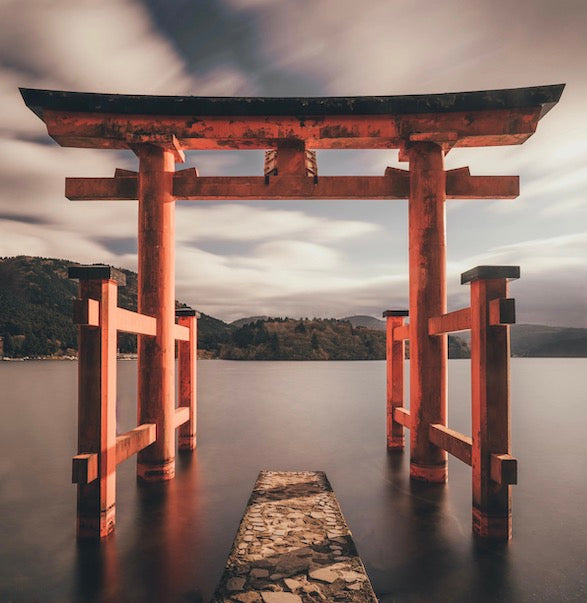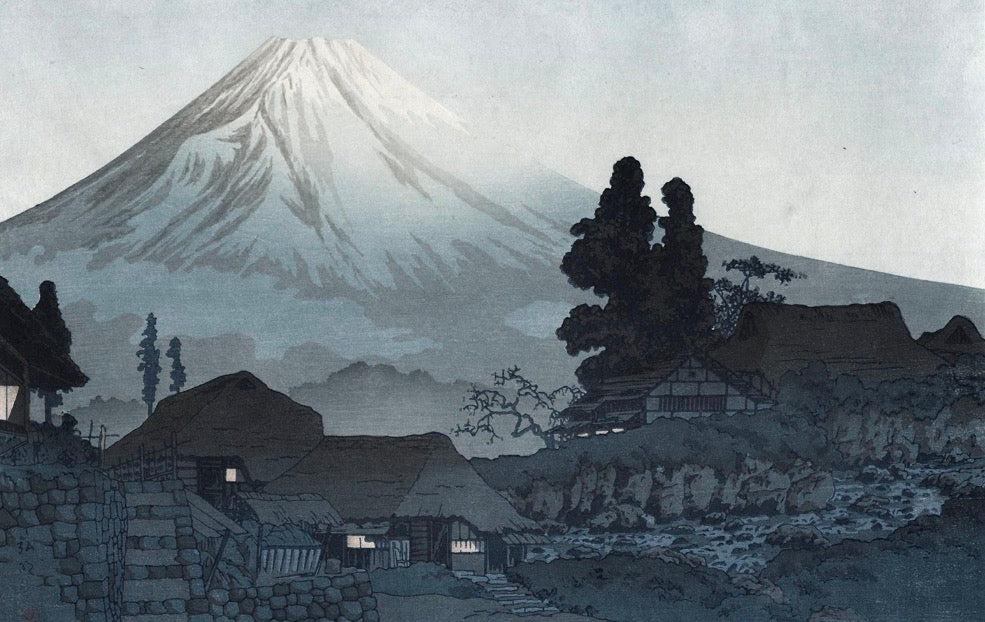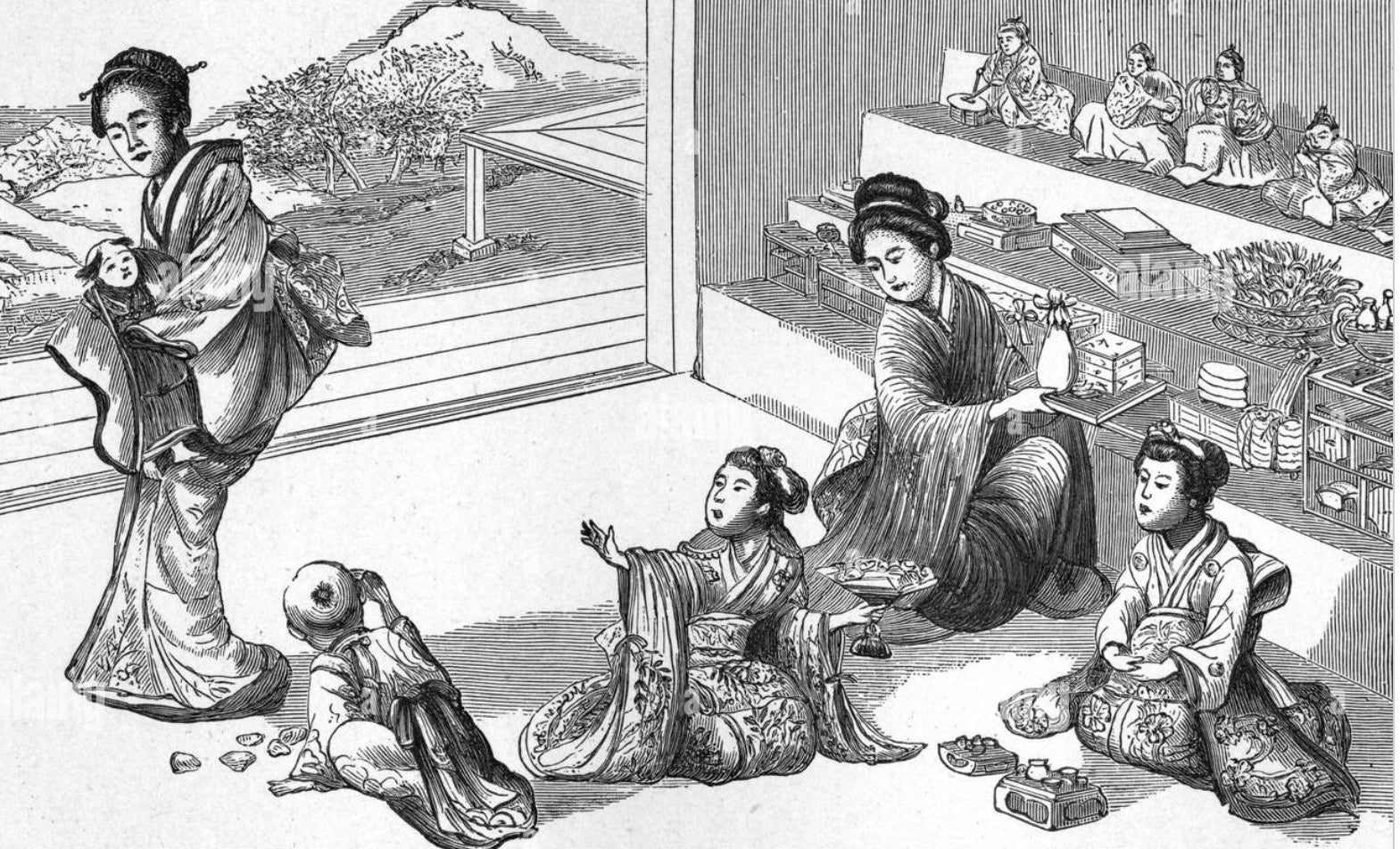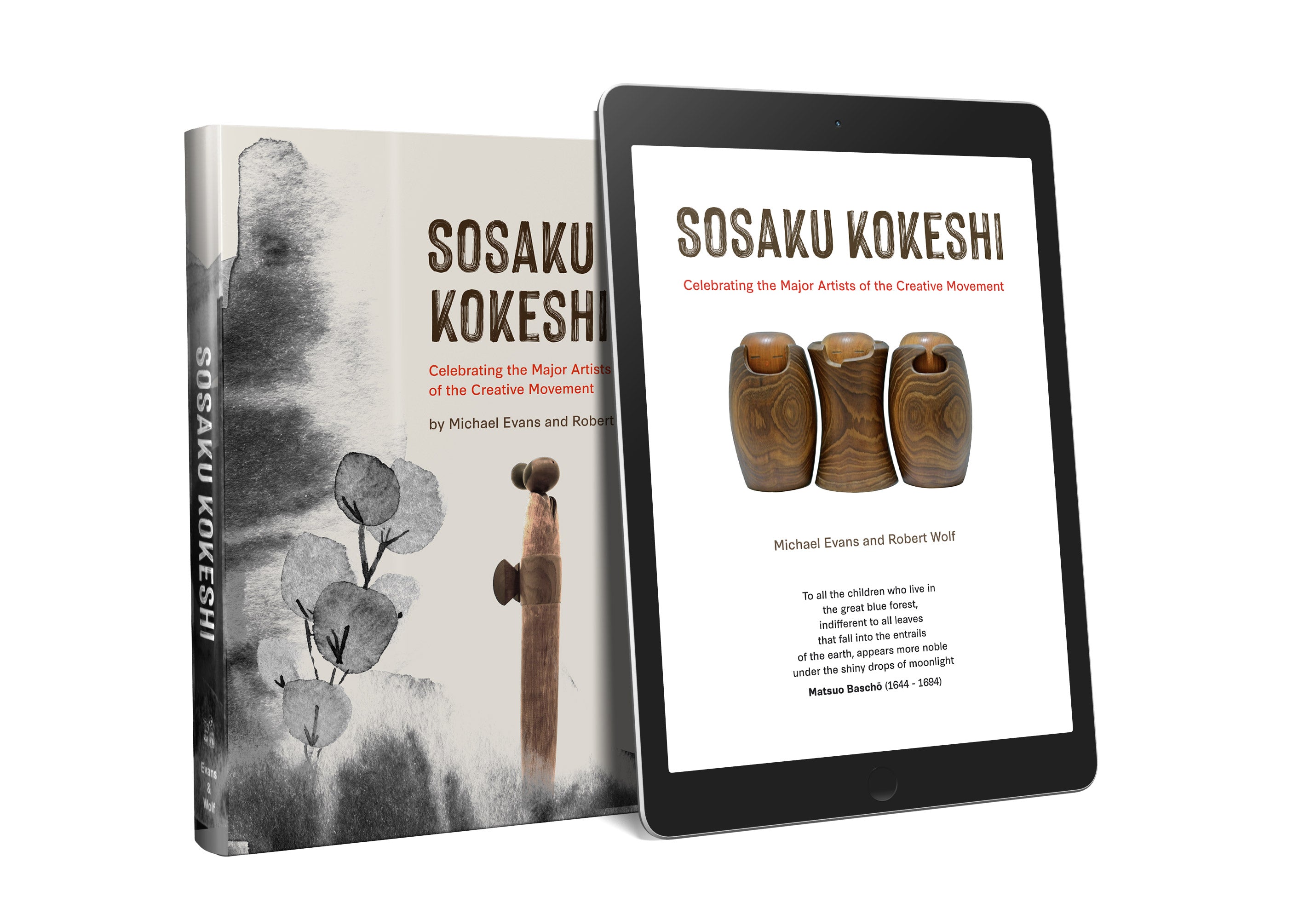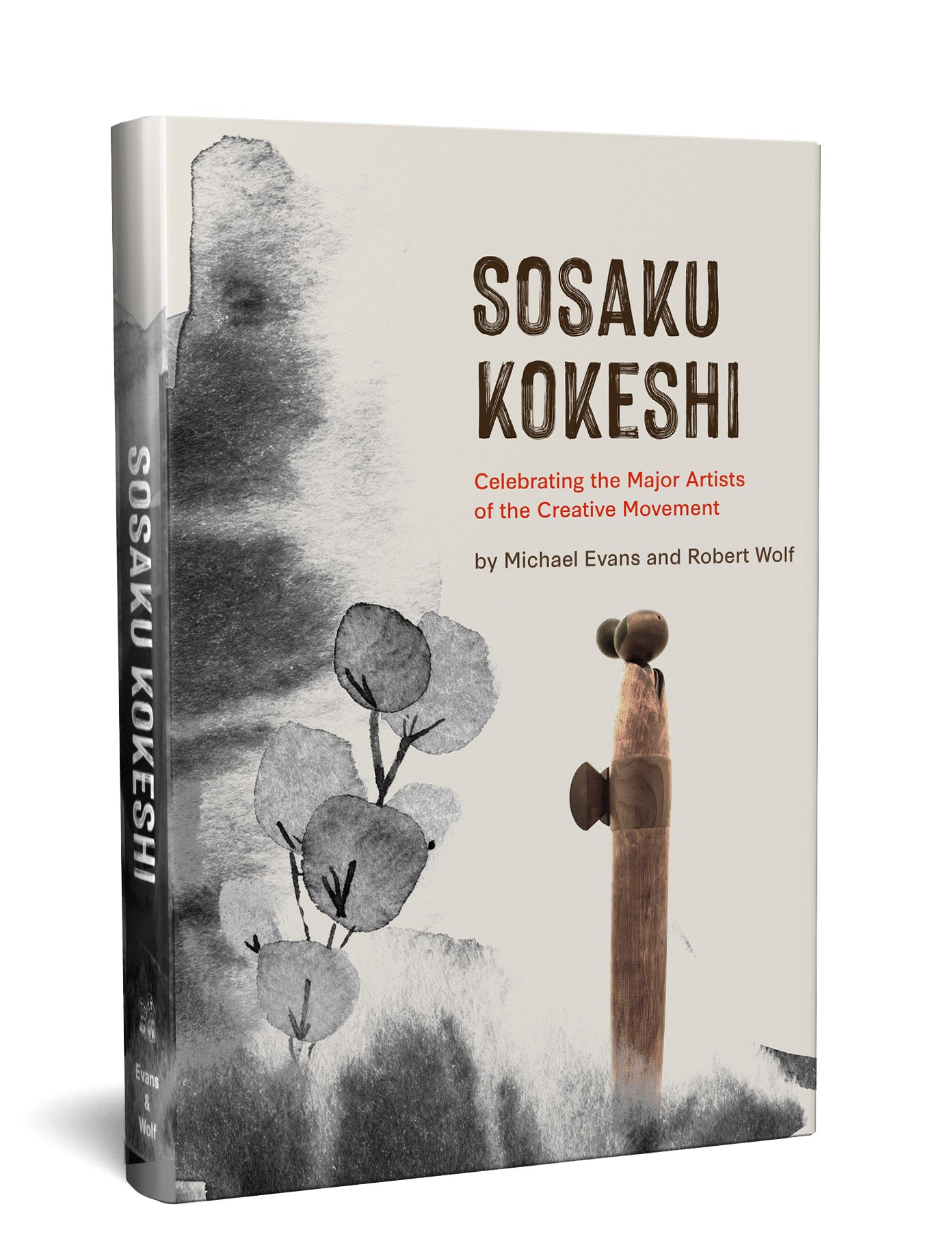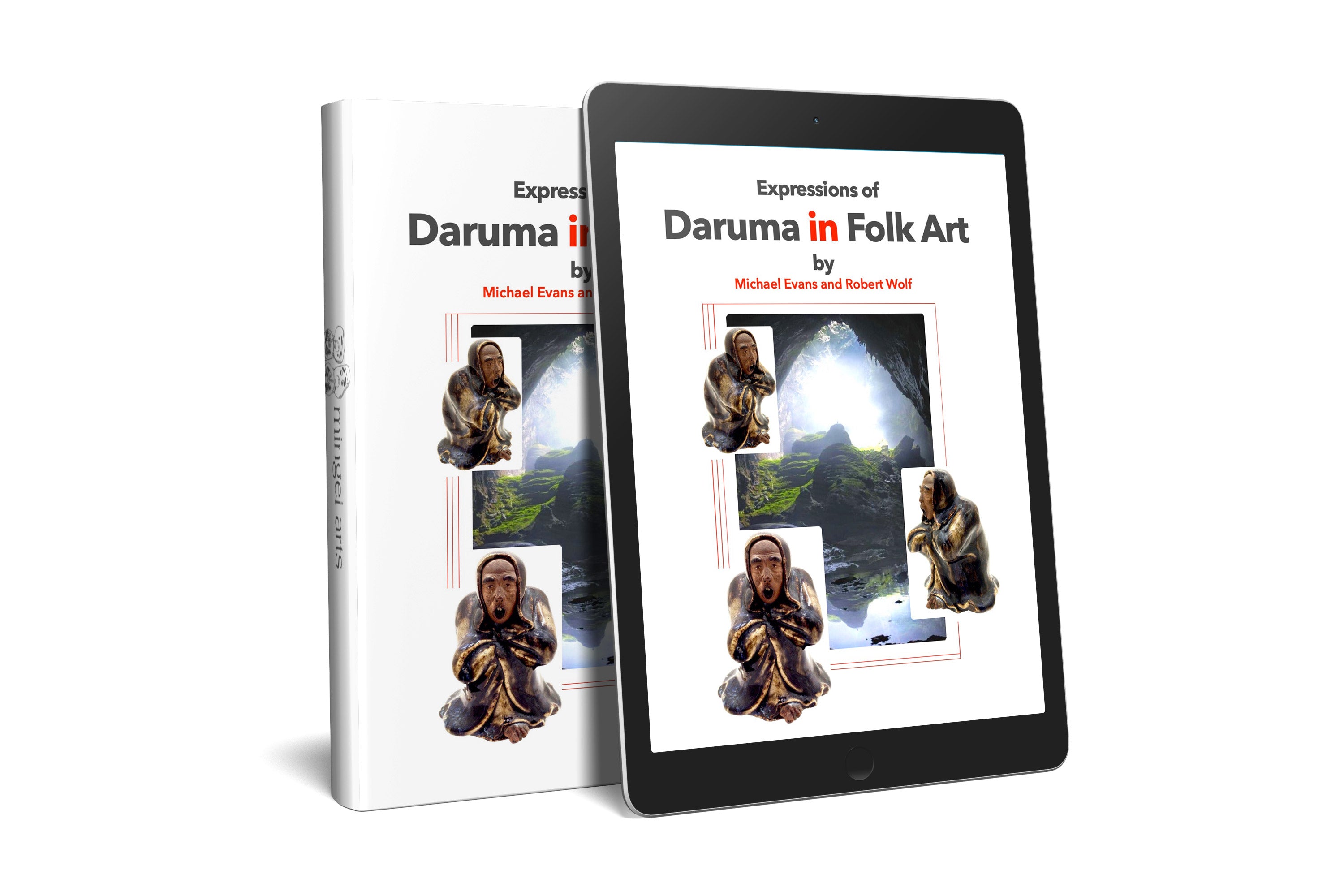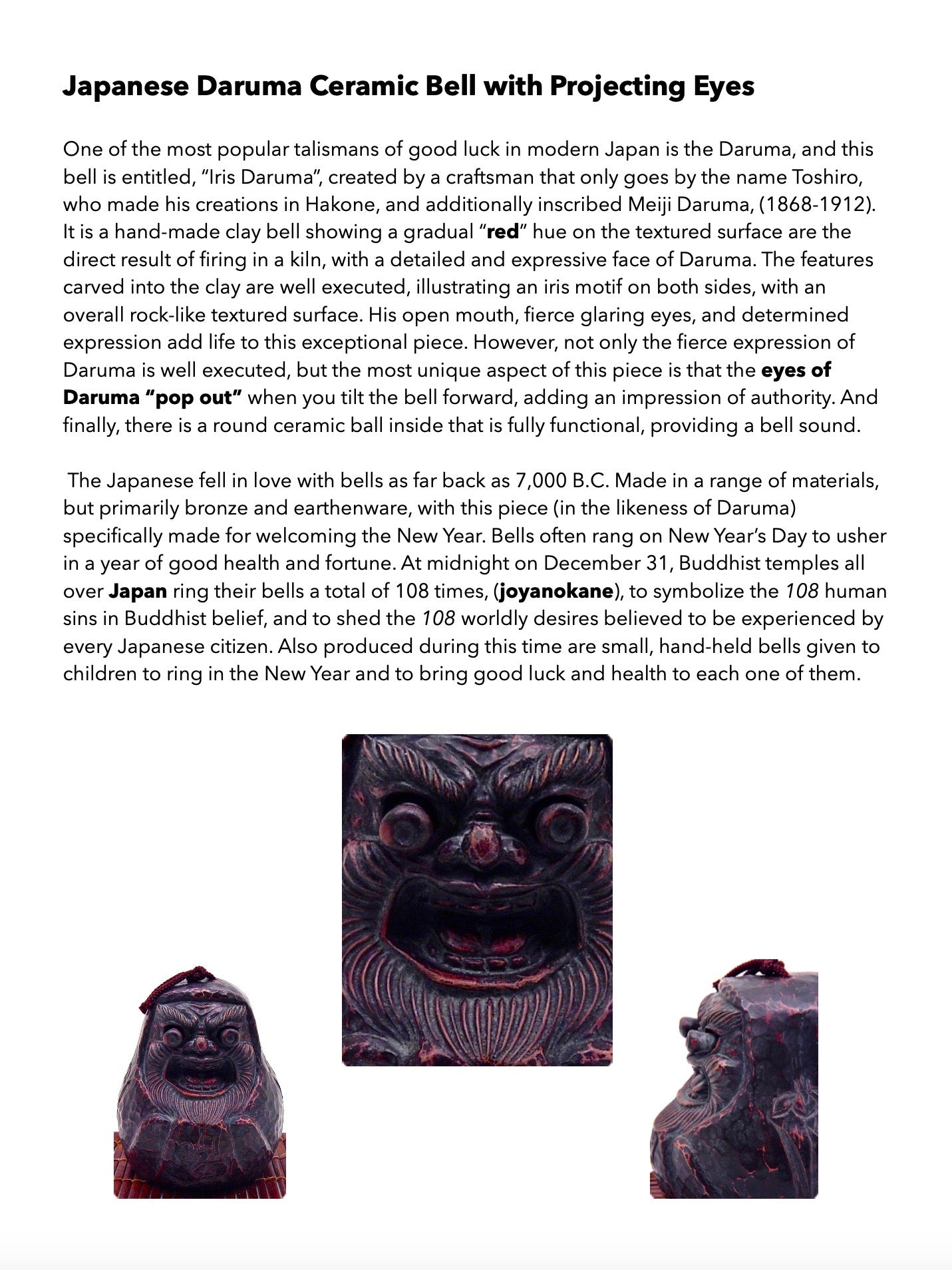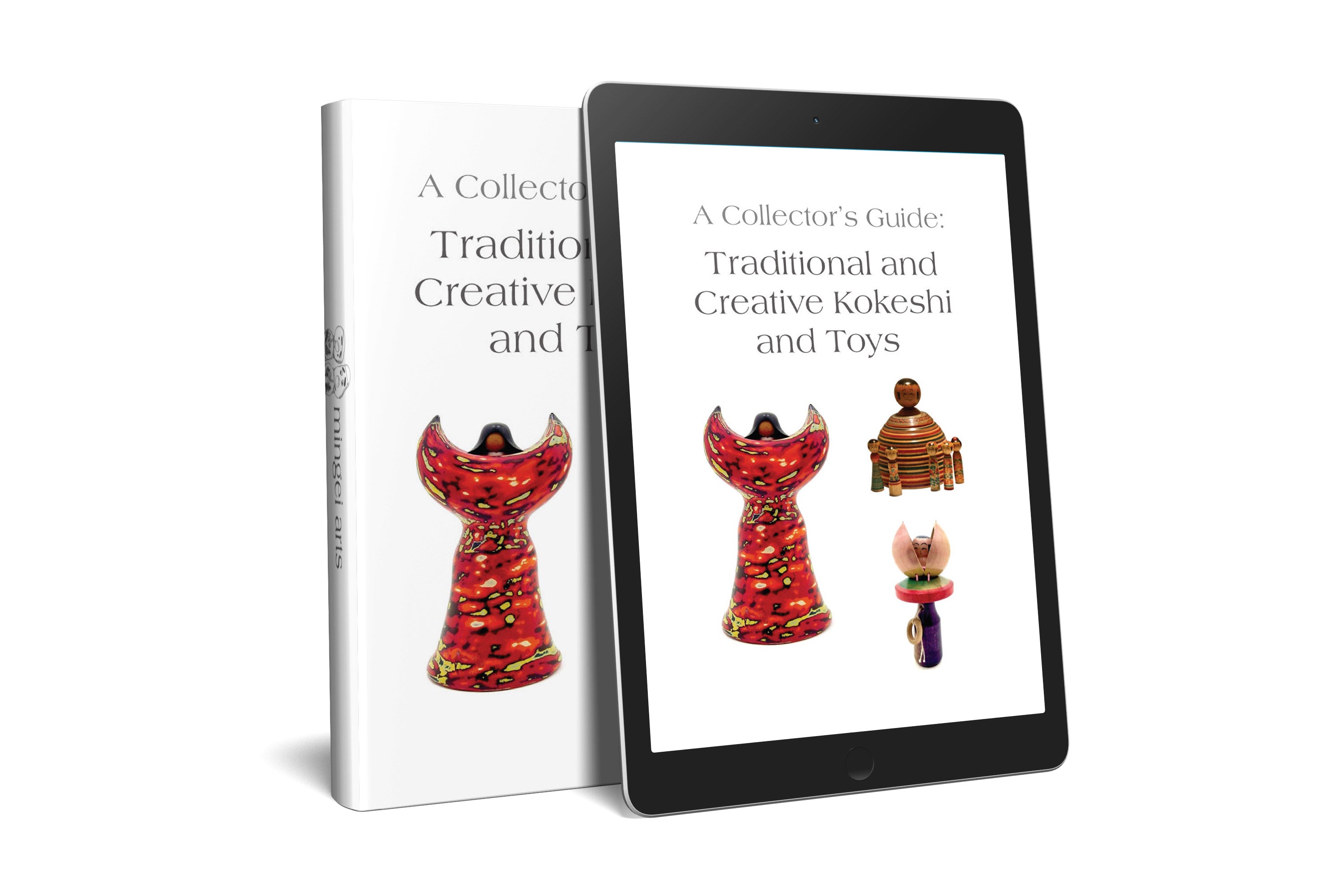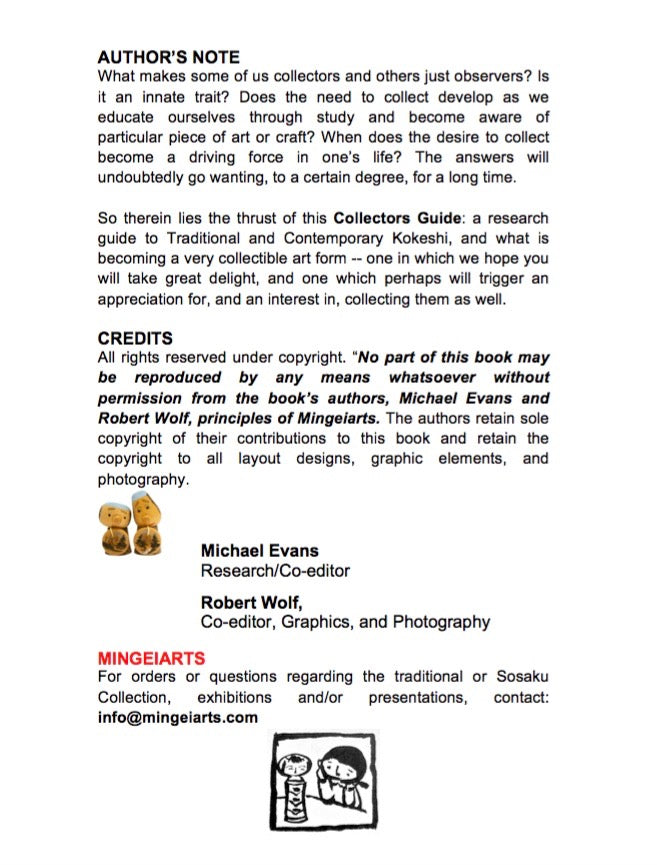The Kojiki (A Record of Ancient Matters) is not only a written document but celebrates the 'Age of the Gods' when the Japanese people formulated the believe that the Japanese paradise was created, and the Gods ruled before withdrawing to leave humanity to rule itself.
The 1300 year-old Kojiki myth traces the beginnings of the Japanese people, following the rise of the Japanese islands from their humble origins to a great nation that has taken its rightful place among the leading nations of the world. Completed in the year 712, The Kojiki is the oldest existing record of Japanese history, and is a text that is vital to any understanding of the discussion of objects and architecture found in ancient Japanese history.

Even if it were merely a historical record, the value of The Kojiki is unquestionable, as it represents a marketable collection of Japanese mythology for which Japanese Folk Art and Storytelling is based. The Kojiki begins during the period known as Kamiyo, starting with the Japanese creation myth. Other myths include: Izanagi and Izanami’s creation of the islands of Japan and the myriad deities that populated the heavens and this world, Izanagi’s journey to Yomi-no-kuni (the Underworld) in an attempt to bring back Izanami after her death, Susano-o’s battle against the eight-headed eight-tailed serpent Yamata-no-Orochi, the adventures of Okuninushi as he rose to become the deity charged with turning the land of Japan into a true nation, and the descent of Ninigi (grandson of the sun deity Amaterasu), who came from the heavens to rule Japan.

The exploits of the gods included in the Kojiki lead to a record of the lineage of the Imperial Family up to Empress Suiko (593 – 628 AD), and events that happened during each emperor’s reign. In doing this, The Kojiki traces a path from mythology into historical record, and while it is difficult to say at which point the stories pass from myth and legend into historical fact. Much of the folklore and fairy tales of Japan are influenced and inspired by their religious beliefs, Shinto and Buddhism; Folklore throughout Japan has remained a topic of interest for people across the world fore which many of its stories read and presented by famous and local storytellers have inspired horror movies, graphic novels, anime, manga, and published works of art, often because the stories’ characters make a lasting impression.
The storytelling would be found in many forms and format including: Noh Theatre productions, presentations and readings, (often the storyteller would return for a new installment of the story), picture scrolls, illustrated boards and temple carvings to tell a moral lesson for all townspeople of a local village to experience. These folk tales feature themes like kindness, magic, and greed, and also include supernatural stories featuring creatures, demons, spirits and monsters, many of which have unique characteristics related to nature.

Interpretations by artists and local citizens through the History of Folk Art and Theatre
Noh (能, Nō) is a form of theater involving music, dance and drama, originating in the 14th/century. Before, shrines, temples and the nobility were some of the first patrons of the Noh theater. Accordingly, at some famous shrines and temples beautiful outdoor Noh stages still exist today. Noh together with kyogen, which are comical pieces performed during interludes of the main Noh and its counterpart Kabuki must have been difficult, because Noh was a ceremonial performance for the Shogunate while Kabuki is a form of popular entertainment. Although the common people of Edo had few chances to see Noh plays in a theatre, we know that they were familiar with the art through the songs.
One key element of Noh are the masks, (portraying youngsters, men and women of all ages, or nonhuman (divine, spirits or demonic) characters that tell the audience what kind of character is being portrayed and which the shite, (lead actor) wears to facilitate the given sequence. The masks are usually carved from blocks of Japanese cypress although some are made of papier-mâché in small communities. Their three-dimensional properties allow skilled actors to induce a variety of expressions with changes in head orientation.
If you are a collector of Japanese artifacts, are fascinated with woodworking and carvings within Japanese architecture, or enjoy Noh theatre, Kyogen or Kabuki, the blend of traditional stories, folktales, fables and beliefs in our Blog will give the reader a small sampling of the many different perspectives into Japanese mythology that emerged from the islands of the Japanese archipelago.


